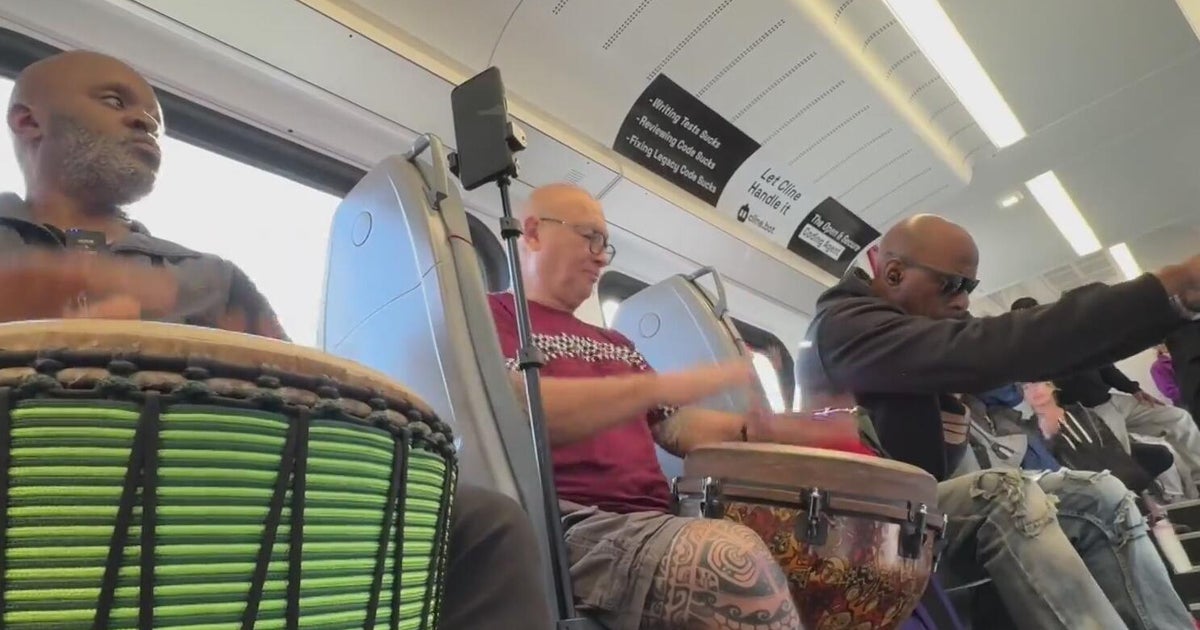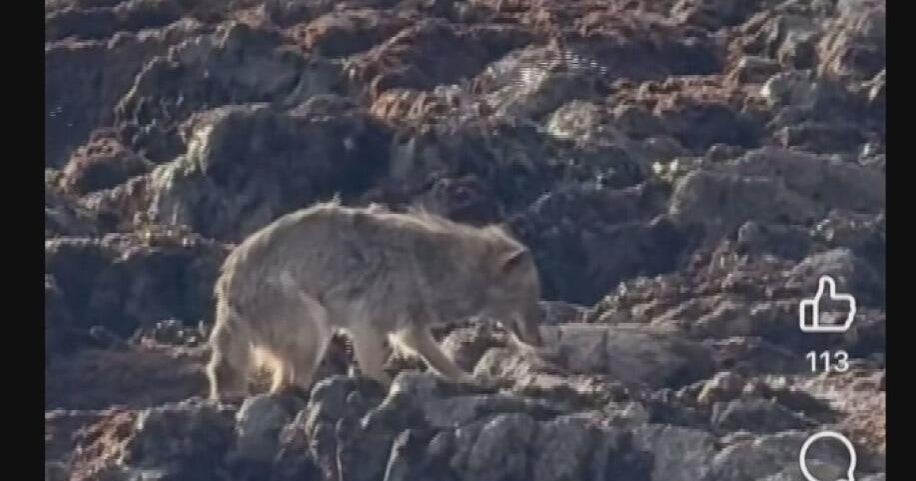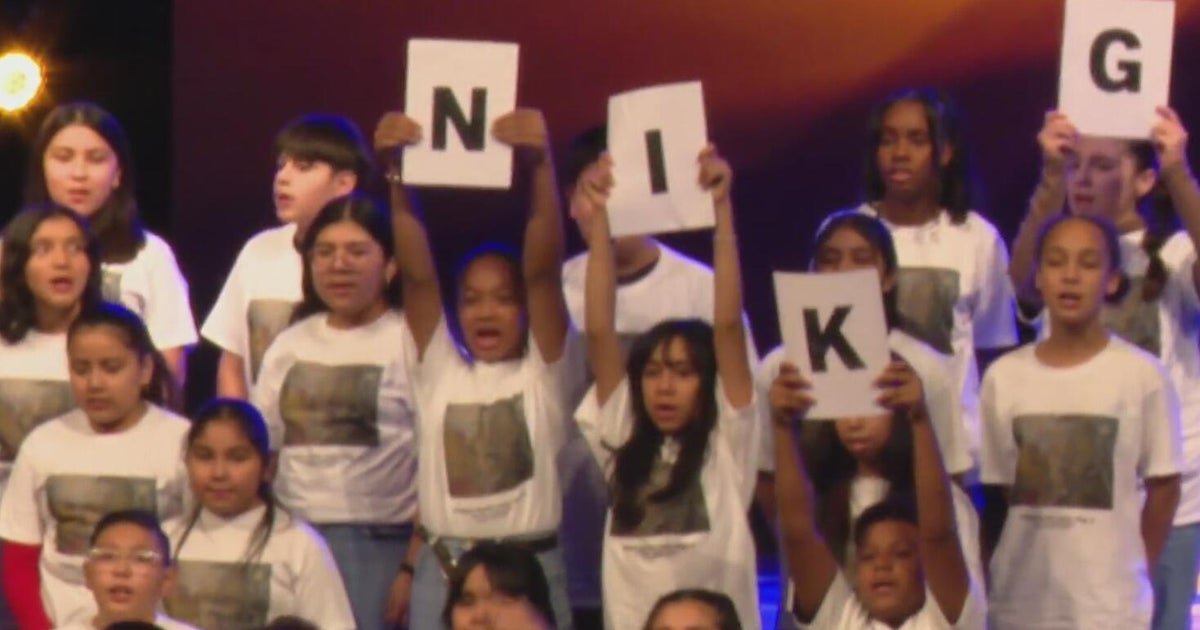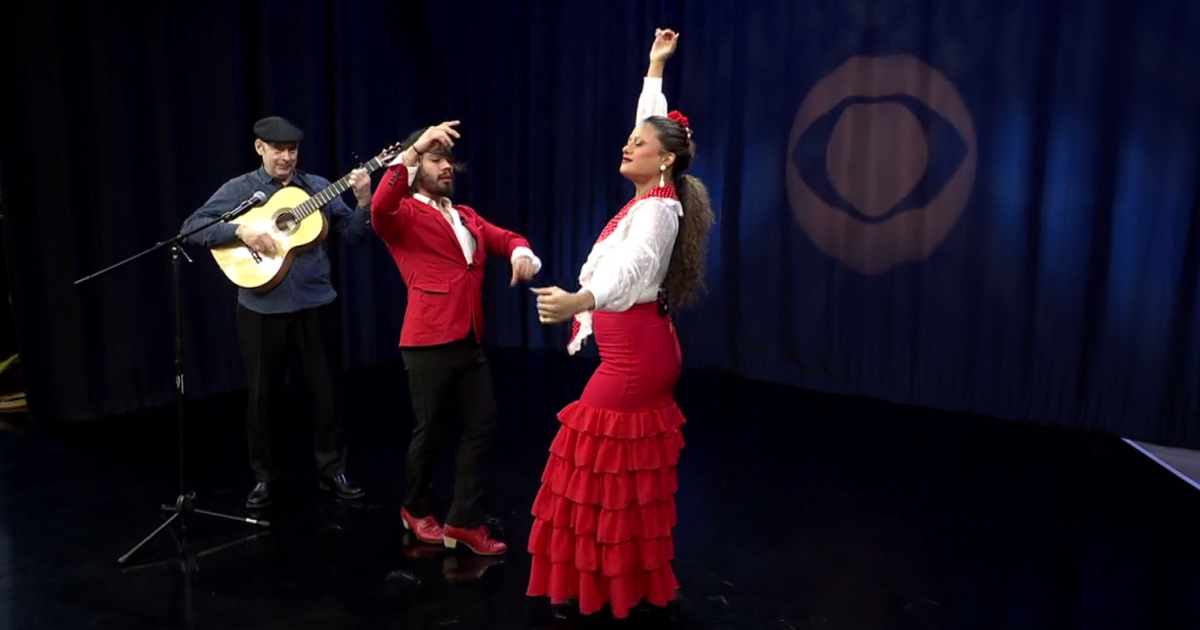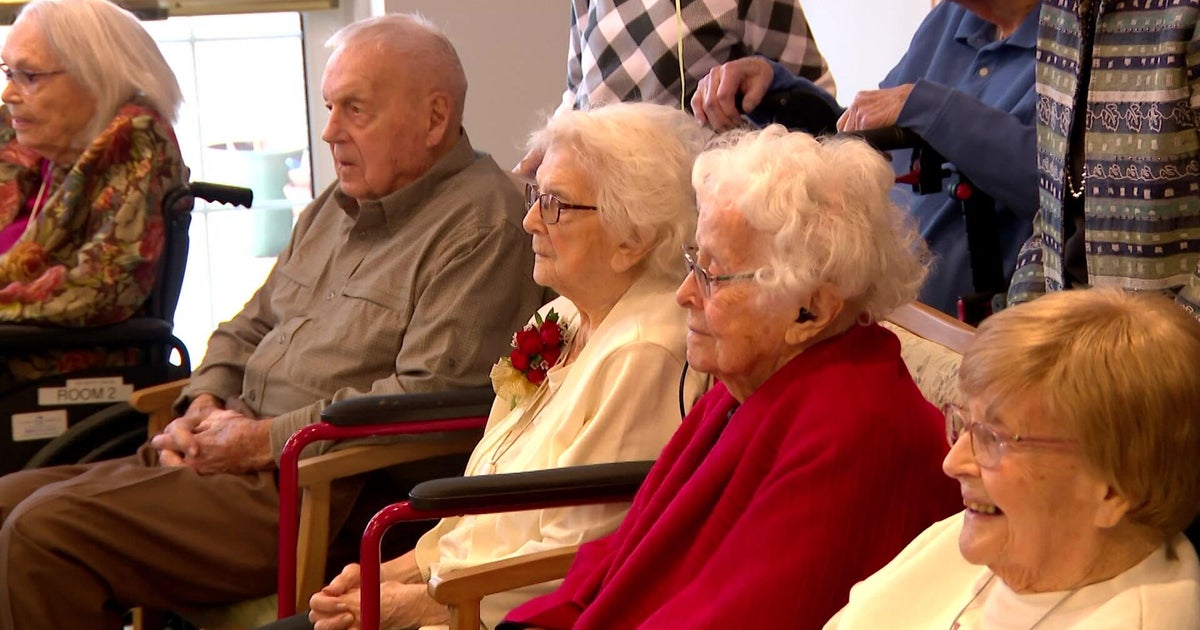Enigmatic San Francisco art-rockers the Residents celebrate 50 years at Great American
SAN FRANCISCO -- One of the most mysterious art-rock collectives in pop music history, pioneering avant-garde group the Residents brings their current 50th anniversary tour to a close with three nights at the Great American Music Hall in San Francisco starting Monday.
Operating anonymously throughout their groundbreaking career as musical and multi-media artists -- the Residents were early adopters of film and video art, and would later be pioneers of the CD-ROM as a creative medium -- the group traces its roots back to its members meeting in high school in Shreveport, Louisiana during the early '60s. By mid-decade, they were beginning to create home-made recordings and exploring visual arts with various friends and collaborators. Hoping to connect with the open-minded zeitgeist of San Francisco's Summer of Love, the band relocated to the West Coast but according to legend settled in San Mateo after their truck broke down in the Peninsula town.
The group would eventually make the move to San Francisco, continuing its often abrasive sonic exploration on demos recorded at their new home base in the Mission District. They sent a tape to Warner Bros. Records because the label had signed like-minded experimentalist Captain Beefheart and would adopt their name when the rejected demo was returned addressed to "Residents." The group would bring British guitarist Philip Lithman (later christened Snakefinger by the band) into their orbit in 1971 as they started to perform their theatrical and noisy music live at San Francisco club the Boardinghouse that were documented in grainy video clips.
The relocation to their new San Francisco workspace allowed the group to focus on an ambitious project, the experimental film Vileness Fats that the Residents planned to make the first feature-length music video/cult film. While the abortive effort would never see completion due to financial constraints (some 15 hours of footage was shot over the course of four years, but only around 35 minutes of it ever saw the light of day), the band did establish its own imprint -- Ralph Records -- and released its first recordings to an unsuspecting public. The double 7-inch single "Santa Dog" featured four songs purportedly by four different bands with only a small, subtle note in the packaging referring to "Residents, Uninc." but showcased the group's fractured artistic vision with its discordant lo-fi sound, surreal lyrics and chanted vocals. The music could have been the soundtrack to a David Lynch dream sequence years before the director would complete Eraserhead.
The band released its proper debut album -- Meet the Residents, replete with more bizarre otherworldly singalongs, disjointed marching band cacophony and cover art skewering the Beatles -- that would kick off a fertile period despite the continuing struggle with Vileness Fats. The conceptual follow-up album Third Reich and Roll stirred controversy with its cover -- a collage featuring American Bandstand host Dick Clark in a Nazi uniform -- and its absurdist deconstruction/collision of '60s rock and soul hits (some have argued that the Residents deserve credit for pioneering the concept of the "mash-up" with some of their renditions).
The band's next efforts Fingerprince and Duck Stab! featured shorter minimalist originals and a somewhat more accessible but still uniquely weird sound with more collaborations with Snakefinger on guitar. They would continue to pursue this direction through the end of the decade with the concept album Eskimo (which introduced their famed eyeball masks and tuxedos guise) and the brilliant Commercial Album which featured one-minute tunes (the band said in the liner noted that each tune should be repeated three times to match standard pop song structure) and included guests Chris Cutler and Fred Frith from fellow experimental contemporaries Henry Cow and unbilled appearances by Lene Lovich, Brian Eno, XTC's Andy Partridge and David Byrne of the Talking Heads.
While that album marked the end of what is considered the "classic" period for the Residents, the group has remained active and consistently pushed boundaries in the decades that followed with its outlandish storytelling fueling both stage shows -- including their acclaimed "Mole Show" drawn from the band's Mole Trilogy, their 13th anniversary performances and the ambitious God in Three Persons epic poem/rock opera -- and creative exploration of video and computer media with CD-ROM in the '90s. Since then, the group has also delved into radio drama (in the form of podcasts), a YouTube video series and stripped-down touring shows that included discussions of the band's long strange history as well as performances of new material and reconfigured old songs. In 2018, the Residents mourned the passing of Hardy Fox, the musician who had been long identified as a member of their "Cryptic Corporation" but was now acknowledged as the group's co-founder and primary composer.
For this tour-closing run at the Great American Music Hall, the Residents celebrate their 50th anniversary with a screening of their new feature film Triple Trouble which incorporates some material from the long-dormant Vileness Fats film followed by a set featuring songs from Duck Stab! and the more rock-oriented recent recording Metal, Meat & Bone as well as other tunes from throughout the band's career.
The Residents Faceless Forever 50th Anniversary Tour
Monday-Wednesday, April 17-19, 7 p.m. $38-$45
Great American Music Hall
